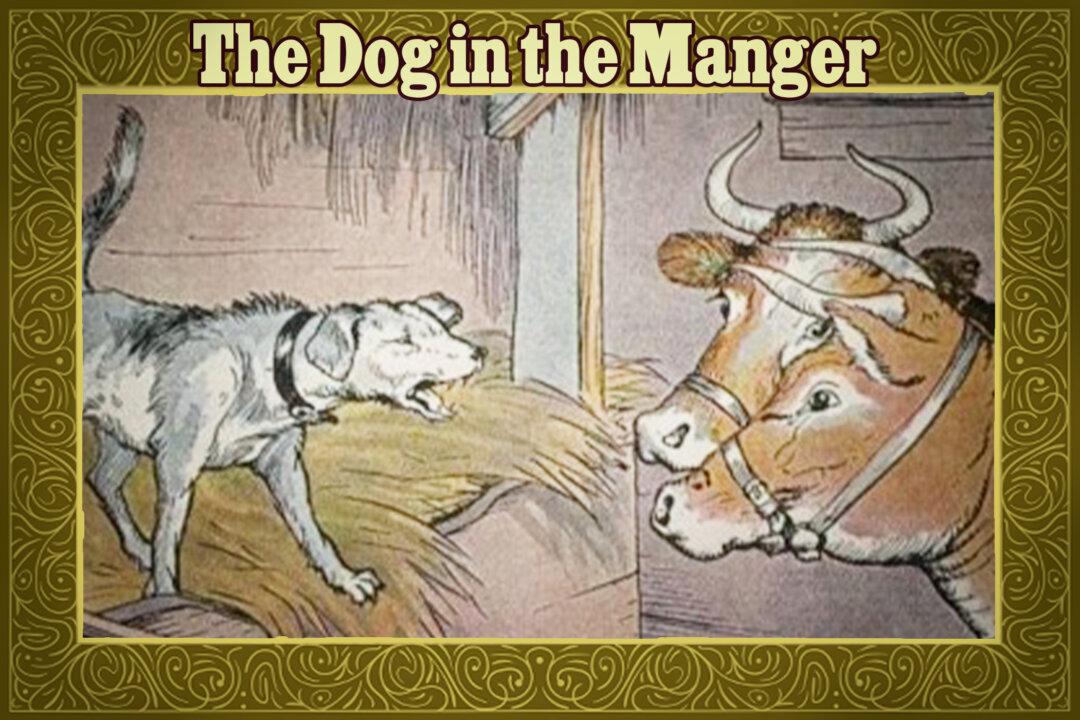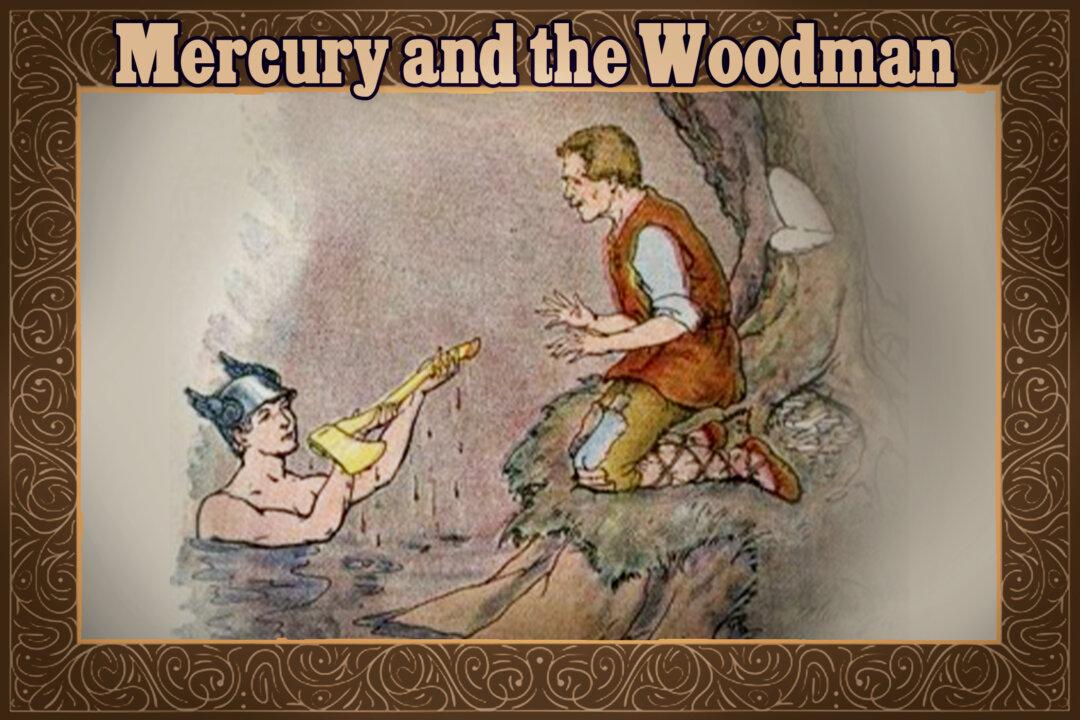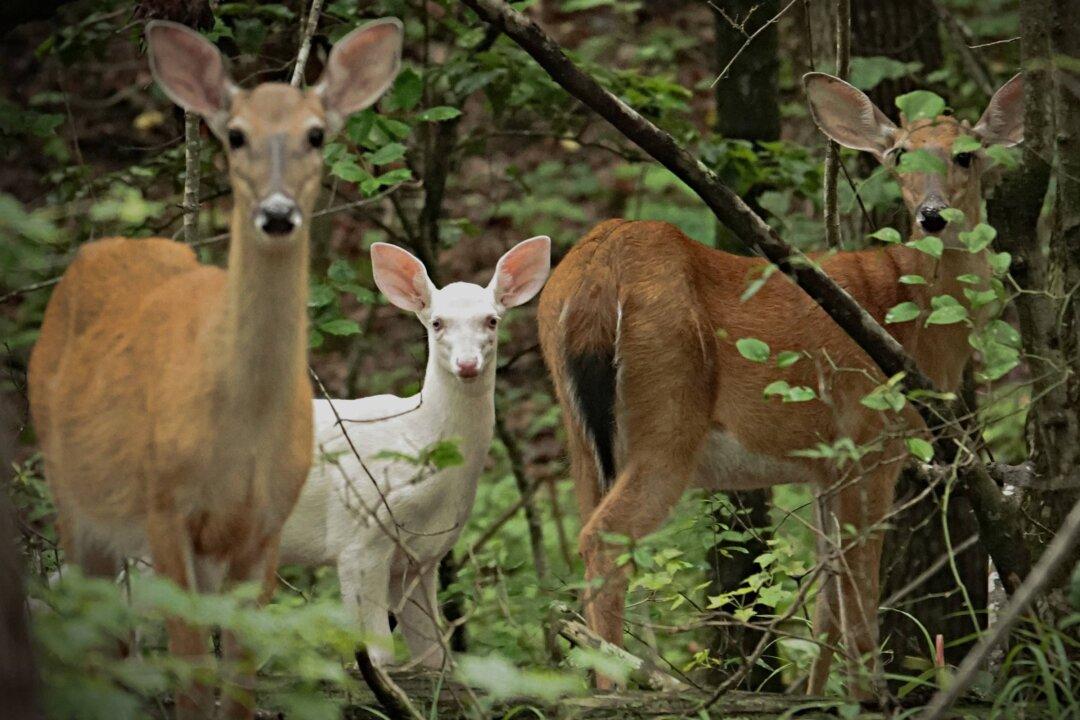Eleven Tasmanian devils have been reintroduced to Australia’s mainland 3,000 years after dying out there.
The creatures were released on Sept. 11 at a 988-acre wildlife sanctuary in Barrington Tops, just north of Sydney, New South Wales, reported BBC.






